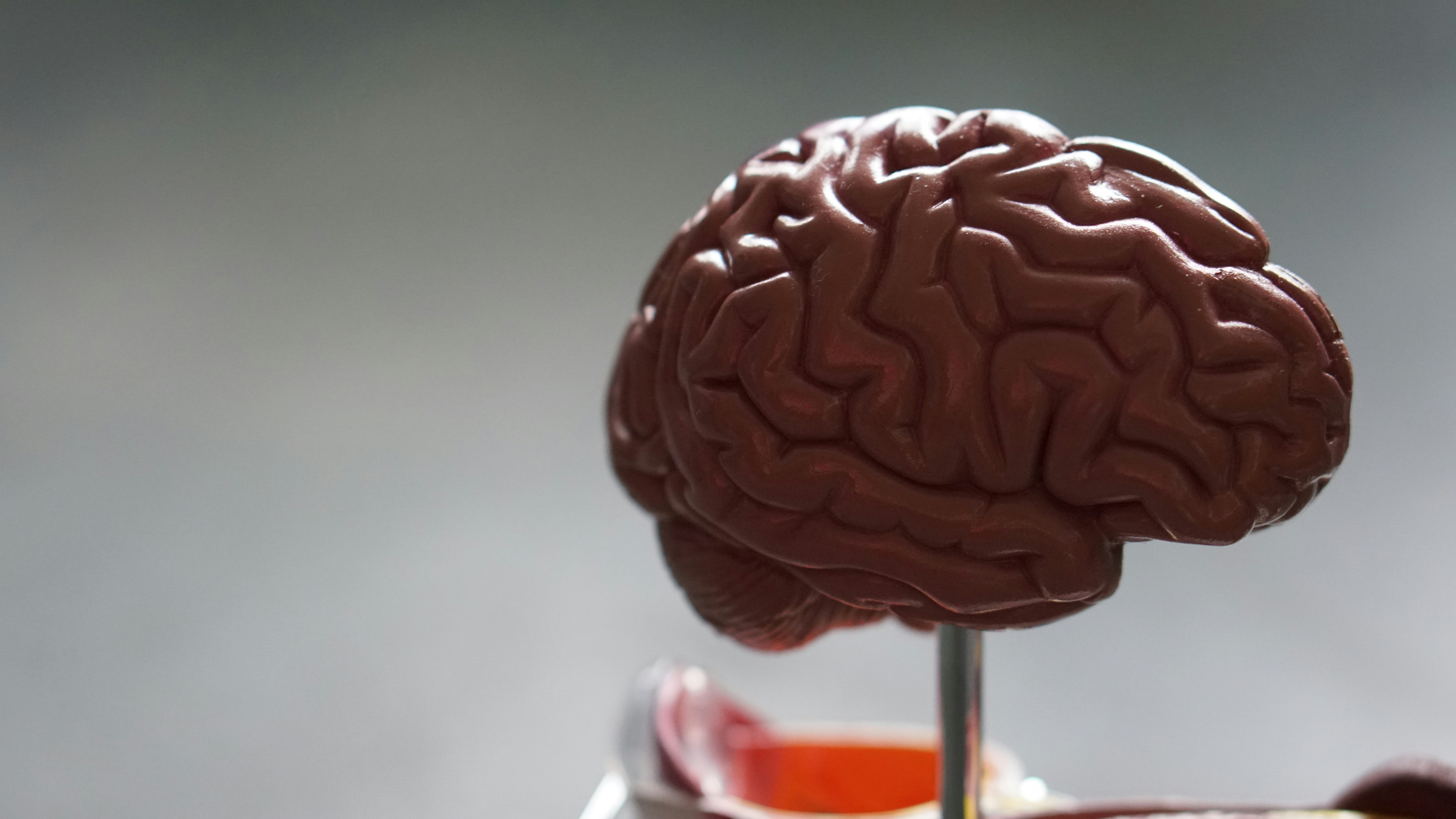Educational Resources of Information

Understanding the brain and nervous system is fundamental to effective therapy and mental health treatment
Brain Model
Dr. Dan Siegel video
Sympathetic Nervous System (Excitation)

The sympathetic nervous system activates our fight or flight response during stress and danger
The sympathetic nervous system is one of the two main branches of the autonomic nervous system, which controls involuntary functions of the body such as heart rate, blood pressure, digestion, and respiratory rate. The sympathetic nervous system is responsible for the body’s “fight or flight” response to stress or danger, which involves increasing physiological arousal and preparing the body for action.
When the sympathetic nervous system is activated, it causes the release of the neurotransmitter adrenaline (epinephrine) from the adrenal glands, which in turn triggers a series of physiological responses in the body. These responses include increased heart rate and blood pressure, dilation of the pupils, increased blood flow to the muscles, increased respiration rate, and decreased activity in the digestive system.
Various factors, such as stress, fear, anxiety, or physical exertion can activate the sympathetic nervous system. When activated, it prepares the body to respond to the perceived threat or challenge by increasing physiological arousal and energy levels, which can be beneficial in certain situations but can also have adverse effects if activated too frequently or for prolonged periods of time.
Parasympathetic Nervous System (Relaxation)

The parasympathetic nervous system promotes rest, relaxation, and recovery
The parasympathetic nervous system is the other main branch of the autonomic nervous system, which works in opposition to the sympathetic nervous system to maintain homeostasis and restore the body to a state of rest and relaxation.
When the parasympathetic nervous system is activated, it causes the release of the neurotransmitter acetylcholine, which has the opposite effect of adrenaline. It slows down the heart rate and breathing, constricts the pupils, stimulates digestion and the secretion of digestive enzymes, and promotes rest and relaxation.
The parasympathetic nervous system is most active during periods of rest, digestion, and recovery. It helps to conserve energy, regulate metabolic processes, and promote tissue repair and regeneration. It also involves various physiological functions such as sexual arousal, urination, and defecation.
The balance between the sympathetic and parasympathetic nervous systems is essential for maintaining optimal health and well-being. An imbalance between the two systems can lead to various health problems, such as anxiety, depression, digestive disorders, cardiovascular diseases, and immune dysfunction.